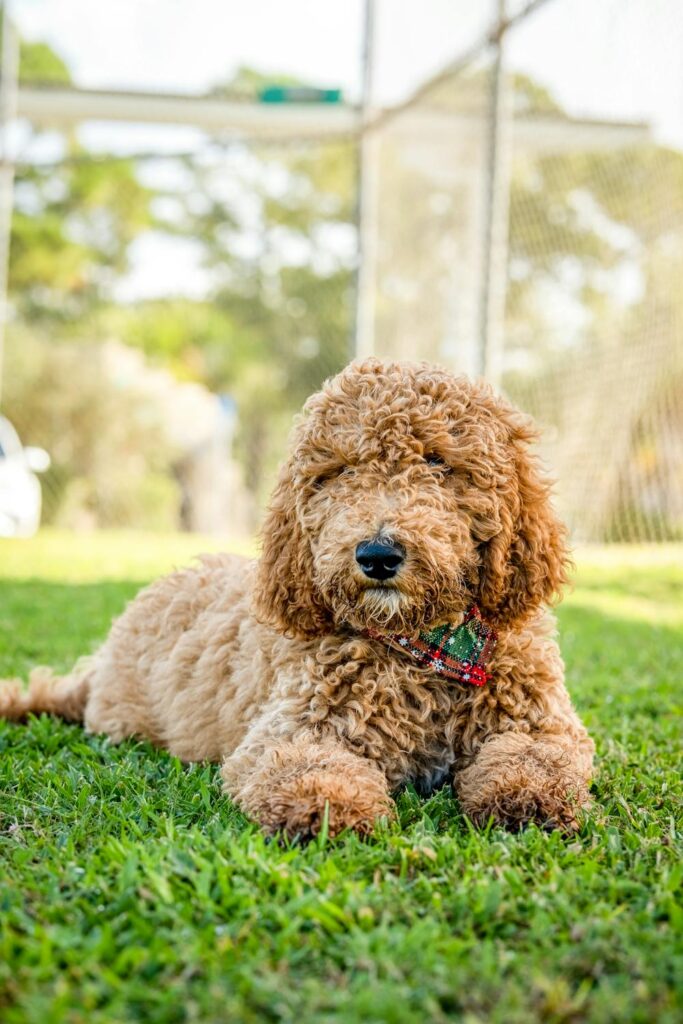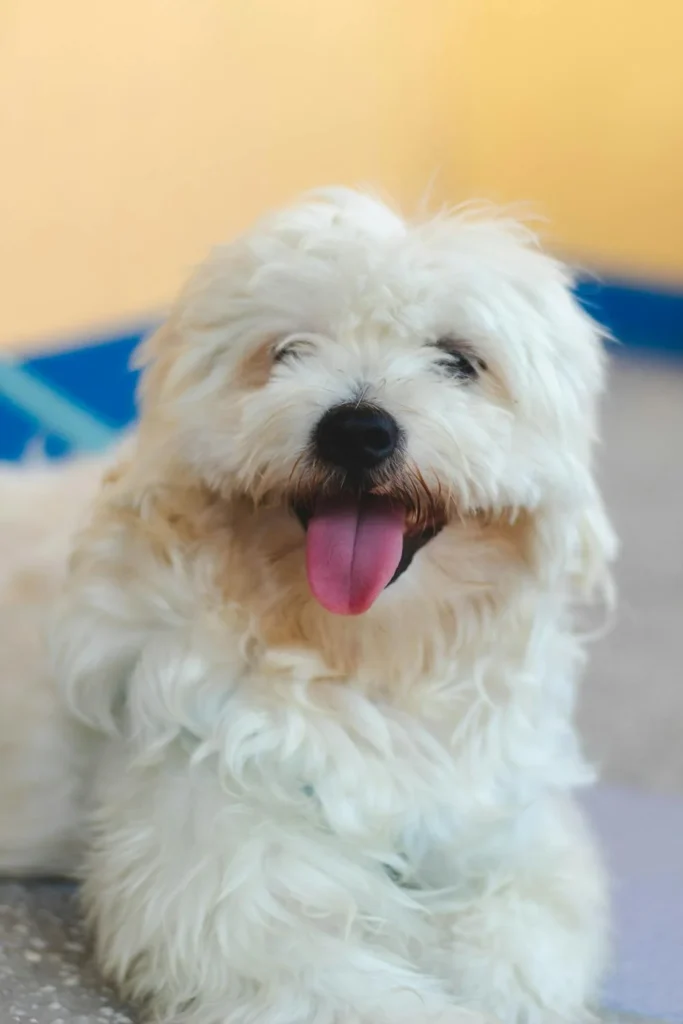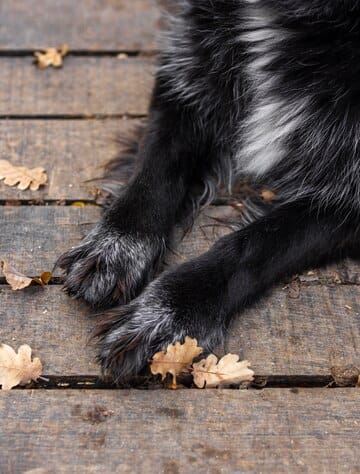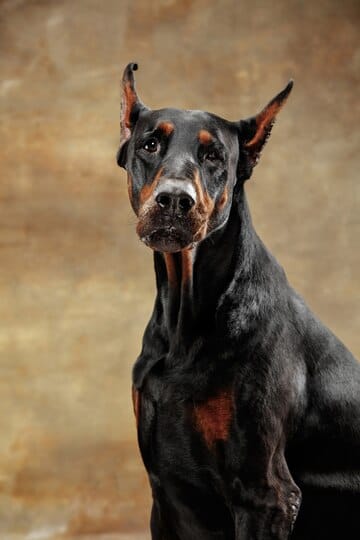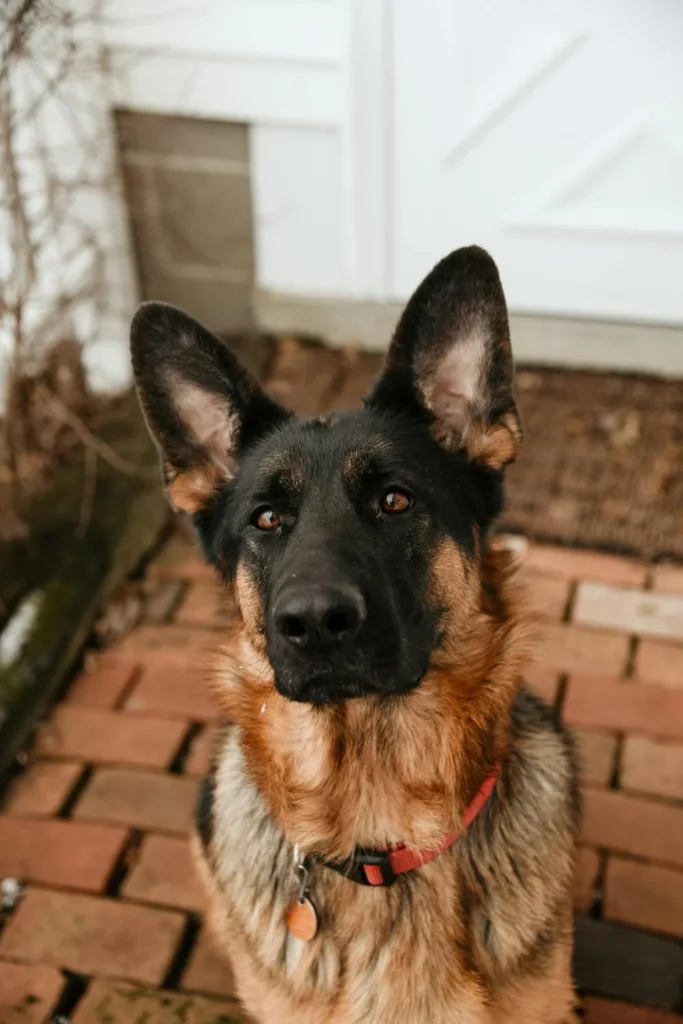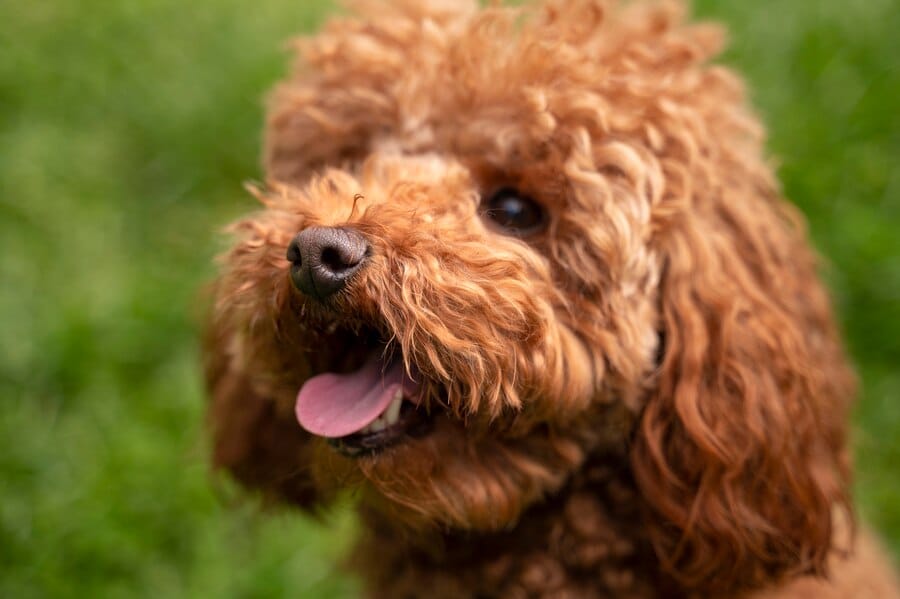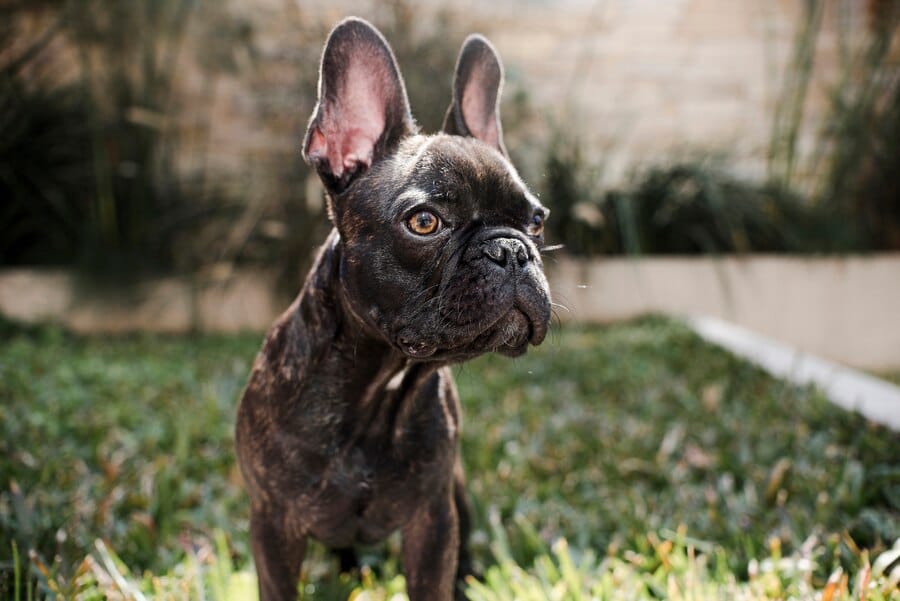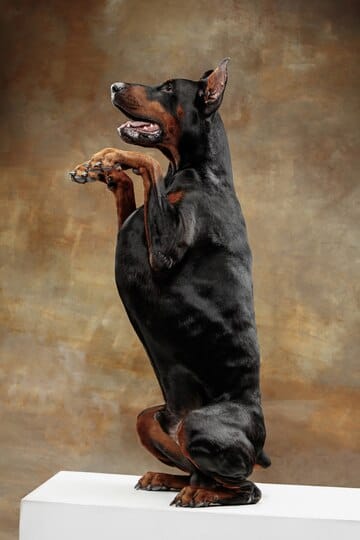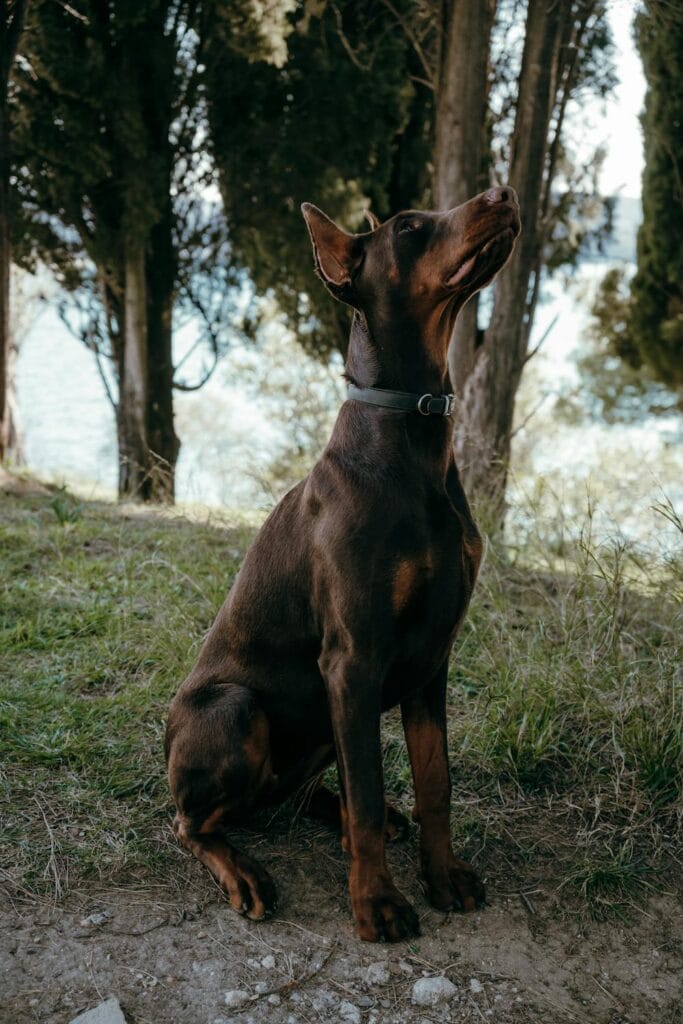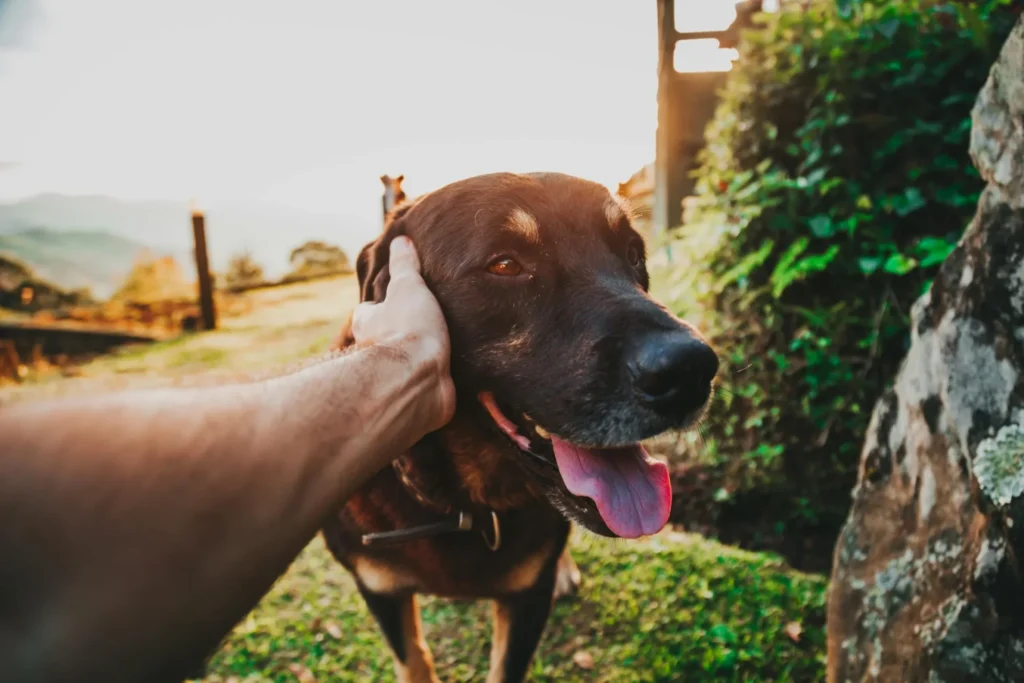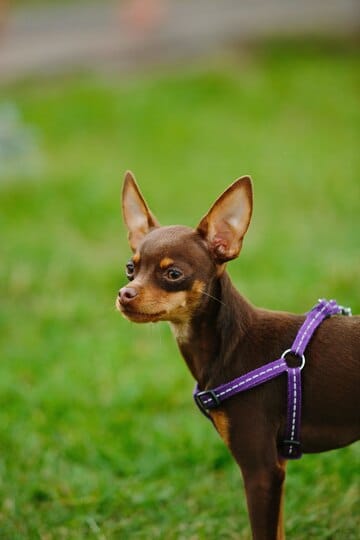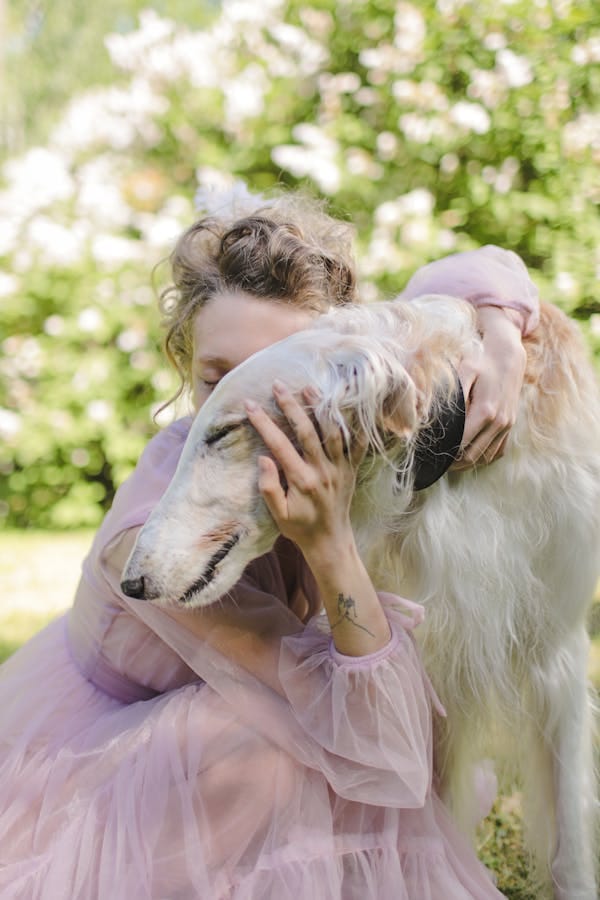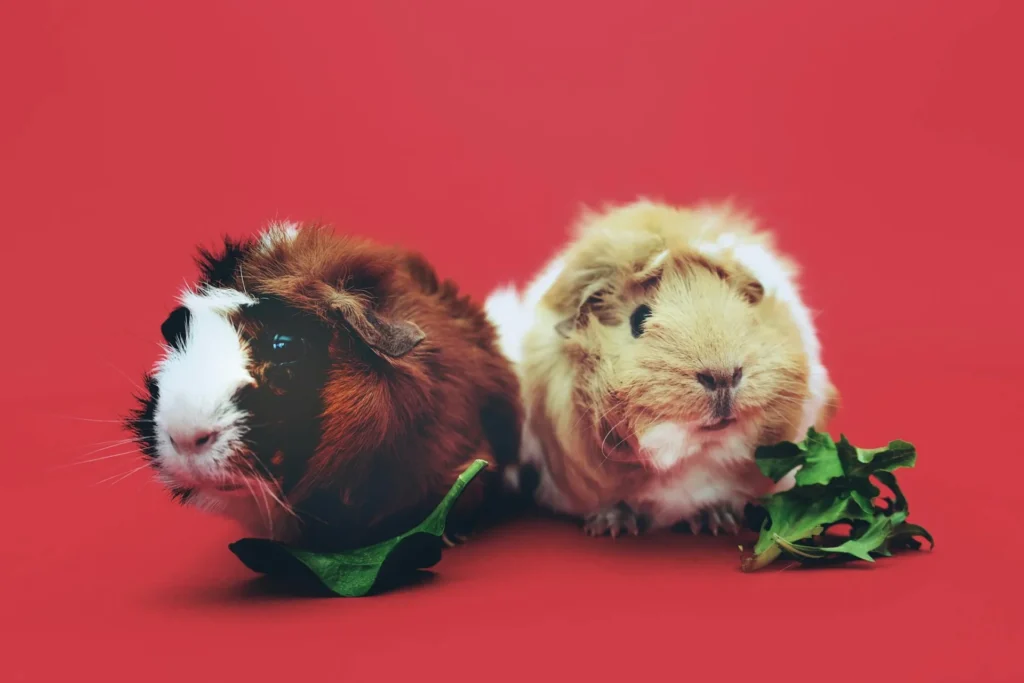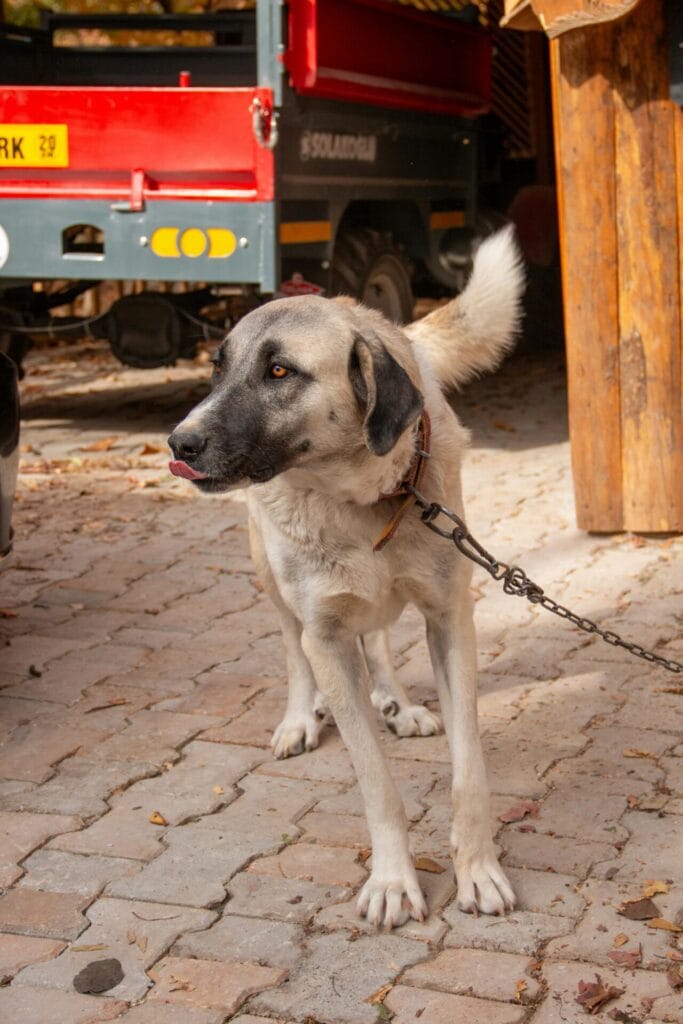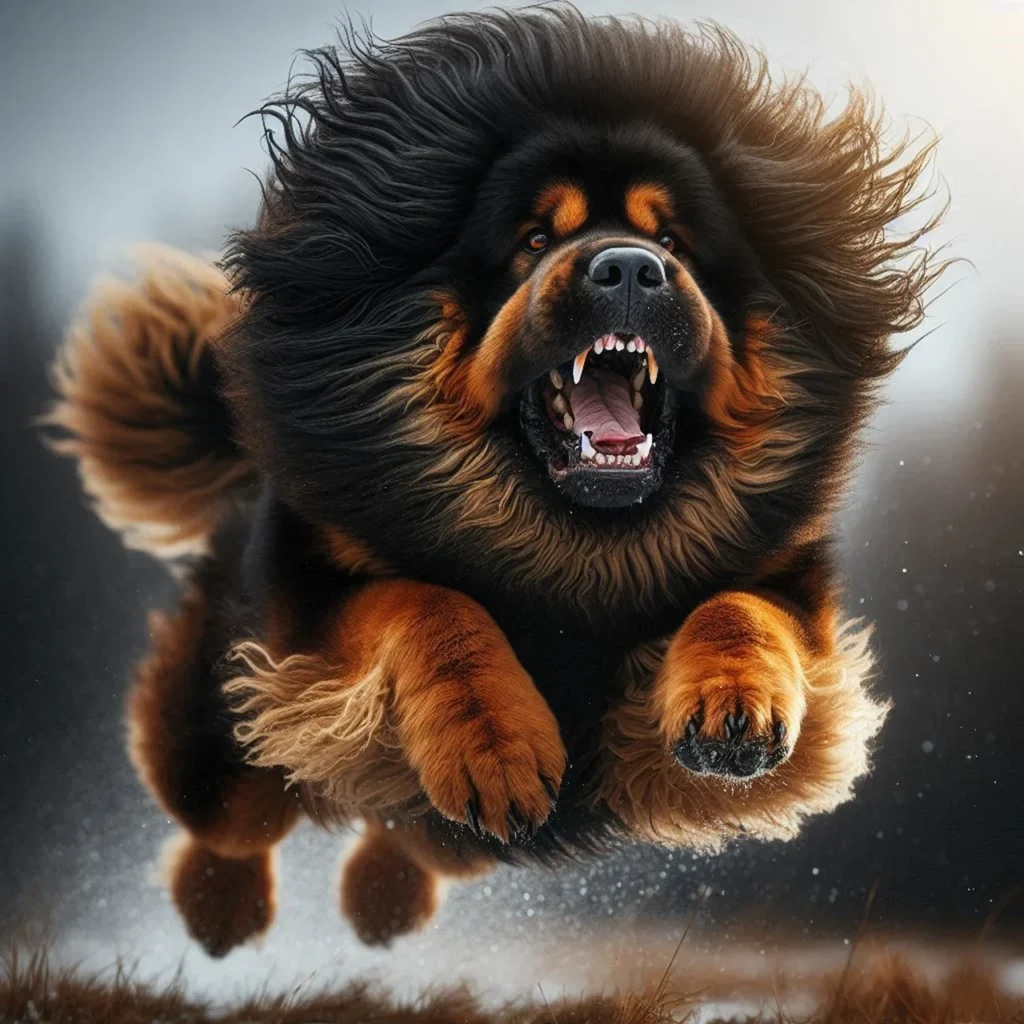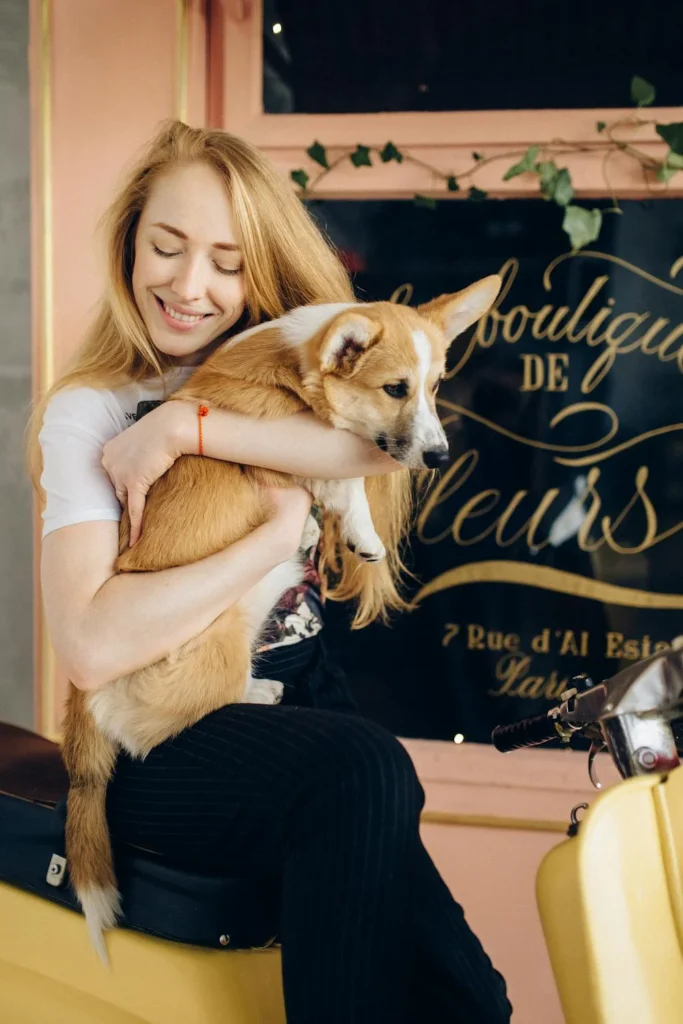- Understanding Poodle Hair: Nature’s Insulation 🧠
- The Science of Warmth: How Poodle Hair Insulates 🧪
- Poodle Varieties and Cold Tolerance ❄️
- Grooming for Warmth: Maintaining the Perfect Winter Coat ✂️
- Dressing Your Poodle: When Hair Isn’t Enough 🧥
- Creating a Warm Environment: Beyond the Coat 🏠
- Nutrition for Warmth: Fueling Your Poodle’s Internal Heater 🍽️
- Exercise and Cold Weather: Keeping Active Safely ⛄
- Recognizing and Preventing Hypothermia in Poodles 🚨
- Special Considerations for Senior Poodles 👵🐩
- Poodle Hair Myths: Debunking Common Misconceptions ❌
- Poodles vs. Other Breeds: Cold Tolerance Comparison 🏆
- FAQs: Your Chilly Questions Answered ❄️
- Conclusion: Embracing Winter with Your Poodle 🎉
As the temperature drops and winter winds start to blow, poodle owners often wonder: Does my poodle’s fabulous coat really keep them warm? Whether you’re snuggling with a Standard, wrapping up a Miniature, or tucking a Toy poodle into a sweater, understanding how poodle hair works to maintain body heat is crucial. In this comprehensive guide, we’ll explore everything from the unique structure of poodle hair to advanced strategies for keeping your poodle warm in even the chilliest conditions. Let’s dive in and unravel the mysteries of poodle warmth! 🧵🔍
Understanding Poodle Hair: Nature’s Insulation 🧠
Before we delve into how poodle hair keeps them warm, let’s examine the unique characteristics of this fabulous coat.
The Structure of Poodle Hair
Poodle hair is quite different from the fur of many other dog breeds. Here’s what makes it special:
- Single Coat: Unlike double-coated breeds, poodles have a single layer of hair.
- Continuous Growth: Poodle hair grows continuously, similar to human hair.
- Curl Factor: The tight curls create air pockets, which play a crucial role in insulation.
- Density: Poodle coats are typically very dense, providing excellent coverage.
Poodle Hair vs. Other Dog Breeds
Let’s compare poodle hair to other common dog coat types:
| Coat Type | Characteristics | Insulation Properties |
|---|---|---|
| Poodle (Single, Curly) | Dense, continuously growing | Excellent air trapping, good insulation |
| Double Coat (e.g., Husky) | Soft undercoat, rough topcoat | Superior insulation, seasonal shedding |
| Short, Smooth (e.g., Beagle) | Short, lies close to body | Limited insulation, requires extra protection |
| Wire-haired (e.g., Terriers) | Rough, bristly outer coat | Good insulation, weather-resistant |
The Science of Warmth: How Poodle Hair Insulates 🧪
Now that we understand the unique structure of poodle hair, let’s explore how it actually keeps them warm.
Air Pockets: Nature’s Thermos
The curly nature of poodle hair creates countless tiny air pockets throughout the coat. These air pockets act as insulation, trapping warm air close to the skin and creating a barrier against cold external temperatures.
Density Matters
The density of a poodle’s coat also plays a crucial role in warmth retention. A dense coat provides more coverage and creates more of those all-important air pockets.
The Role of Natural Oils
Poodle skin produces natural oils that coat the hair shafts. These oils not only keep the hair healthy and shiny but also provide an additional layer of insulation and water resistance.
Poodle Varieties and Cold Tolerance ❄️
Not all poodles are created equal when it comes to cold tolerance. Let’s break it down by size:
| Poodle Variety | Cold Tolerance | Special Considerations |
|---|---|---|
| Standard | Good | Larger body retains heat better |
| Miniature | Moderate | May need extra protection in extreme cold |
| Toy | Fair | Most vulnerable to cold, often needs clothing |
Factors Affecting a Poodle’s Ability to Stay Warm
Several elements influence how well a poodle can handle cold weather:
- Coat Length and Condition: A well-maintained, full coat provides better insulation.
- Body Fat Percentage: Leaner poodles may get cold more easily.
- Age and Health: Senior poodles or those with health issues may be more sensitive to cold.
- Acclimatization: Poodles used to colder climates may handle winter better.
- Activity Level: Active poodles generate more body heat.
Grooming for Warmth: Maintaining the Perfect Winter Coat ✂️
Proper grooming is crucial for helping your poodle stay warm. Here’s a detailed guide:
Winter Coat Length
| Poodle Variety | Recommended Winter Coat Length |
|---|---|
| Standard | 1 to 2 inches |
| Miniature | 3/4 to 1.5 inches |
| Toy | 1/2 to 1 inch |
Grooming Tips for Maximum Warmth
- Regular Brushing: Daily brushing prevents matting and helps distribute natural oils.
- Avoid Over-Bathing: Too frequent bathing can strip natural oils. Aim for every 4-6 weeks in winter.
- Trim, Don’t Shave: Maintain a longer coat in winter for better insulation.
- Paw Care: Trim hair between paw pads to prevent ice ball formation.
- Professional Grooming: Schedule regular appointments to maintain coat health.
Dressing Your Poodle: When Hair Isn’t Enough 🧥
Sometimes, especially for smaller poodles or in extreme conditions, natural hair isn’t enough. Here’s a guide to dressing your poodle:
When to Consider Dog Clothing
- Temperatures below 45°F (7°C) for toy and miniature poodles
- Temperatures below 32°F (0°C) for standard poodles
- During rain or snow
- For senior or health-compromised poodles
Essential Winter Wear for Poodles
- Sweaters: Look for wool or fleece materials for best insulation.
- Coats: Water-resistant options are great for wet conditions.
- Booties: Protect paws from ice, snow, and salt.
- Snood: A neck warmer can be helpful, especially for poodles with shorter ear and neck hair.
Sizing Guide for Poodle Clothing
| Poodle Variety | Average Chest Girth | Average Back Length |
|---|---|---|
| Toy | 12-16 inches | 8-11 inches |
| Miniature | 16-21 inches | 11-14 inches |
| Standard | 21-30 inches | 14-25 inches |
Always measure your poodle before purchasing clothing to ensure a proper fit.
Creating a Warm Environment: Beyond the Coat 🏠
Your poodle’s environment plays a crucial role in keeping them warm. Here are some tips:
Indoor Comfort
- Cozy Bedding: Provide a warm, draft-free sleeping area with soft blankets.
- Raise the Bed: An elevated bed keeps your poodle off cold floors.
- Strategic Placement: Keep beds away from drafty windows or doors.
Outdoor Considerations
- Limit Outdoor Time: Shorten walks and potty breaks in very cold weather.
- Provide Shelter: If your poodle spends time outdoors, ensure they have a insulated, weatherproof shelter.
- Watch for Ice: Be cautious of icy patches that can be slippery and cold on paws.
Nutrition for Warmth: Fueling Your Poodle’s Internal Heater 🍽️
Proper nutrition can help your poodle generate and maintain body heat. Consider these factors:
Caloric Needs in Cold Weather
Poodles may need up to 15-20% more calories in cold weather to maintain body temperature. Consult with your vet about adjusting portion sizes.
Nutrient Focus for Winter
- Protein: Supports muscle mass and helps maintain body temperature.
- Healthy Fats: Provides energy and supports a healthy coat.
- Omega-3 Fatty Acids: Promotes coat health and may help with dry winter skin.
Hydration is Key
Despite the cold, proper hydration is crucial. Ensure fresh water is always available, and consider a pet water fountain to encourage drinking.
Exercise and Cold Weather: Keeping Active Safely ⛄
Regular exercise is important year-round, but requires some special considerations in cold weather.
Indoor Exercise Ideas
- Stair Runs: Great for burning energy in a warm environment.
- Hide and Seek: Mentally stimulating and physically active.
- Indoor Agility Course: Set up obstacles using household items.
Outdoor Exercise Safety
- Warm-Up: Start with a brisk walk to warm muscles before more vigorous activity.
- Visibility: Use reflective gear or LED collars for low-light conditions.
- Post-Exercise Care: Dry your poodle thoroughly after outdoor activities, paying special attention to paws and belly.
Recognizing and Preventing Hypothermia in Poodles 🚨
Even with their insulating coat, poodles can be at risk for hypothermia in extreme conditions. Know the signs:
Symptoms of Hypothermia
- Shivering (which may stop in severe cases)
- Lethargy or weakness
- Muscle stiffness
- Slow, shallow breathing
- Fixed, dilated pupils
- Unconsciousness
Preventing Hypothermia
- Limit exposure to extreme cold
- Use appropriate clothing and protection
- Provide a warm, dry environment
- Maintain good nutrition and hydration
Emergency Response
If you suspect hypothermia:
- Move your poodle to a warm area immediately
- Wrap them in warm blankets
- Apply warm (not hot) water bottles wrapped in towels to armpits and groin
- Seek veterinary care immediately
Special Considerations for Senior Poodles 👵🐩
As poodles age, they may become more sensitive to cold. Here are some special considerations:
- Joint Care: Cold can exacerbate arthritis. Consider joint supplements and ensure a warm sleeping area.
- Extra Layers: Senior poodles often benefit from an additional layer of clothing, even indoors.
- Limited Outdoor Time: Shorten walks and outdoor sessions in cold weather.
- Regular Check-Ups: Ensure your senior poodle is in good health to handle winter conditions.
Poodle Hair Myths: Debunking Common Misconceptions ❌
Let’s address some common myths about poodle hair and cold weather:
Myth: Poodles don’t need extra protection because of their thick coat.
Fact: While poodle hair provides good insulation, additional protection may be needed in extreme cold or for smaller varieties.
Myth: Shaving a poodle in winter will make the hair grow back thicker and warmer.
Fact: Shaving doesn’t affect hair thickness and can actually reduce a poodle’s natural insulation.
Myth: Poodles can’t get frostbite because of their hair.
Fact: Poodles can get frostbite, especially on extremities like ears, tail, and paws.
Poodles vs. Other Breeds: Cold Tolerance Comparison 🏆
How do poodles stack up against other breeds when it comes to cold tolerance? Let’s compare:
| Breed | Cold Tolerance | Special Considerations |
|---|---|---|
| Poodle | Good | Needs regular grooming |
| Siberian Husky | Excellent | Built for cold weather |
| Chihuahua | Poor | Needs significant protection |
| Labrador | Very Good | Water-resistant coat |
| Greyhound | Poor | Thin coat, low body fat |
As you can see, poodles fare relatively well in cold weather compared to many other breeds!
FAQs: Your Chilly Questions Answered ❄️
Q: Do poodles shed more in winter?
A: No, poodles don’t have a seasonal shed like some other breeds. Their hair grows continuously year-round.
Q: Can I use a human hair dryer on my poodle after winter walks?
A: Yes, but use a low heat setting and keep the dryer moving to avoid skin irritation.
Q: Should I let my poodle play in the snow?
A: Most poodles enjoy snow play! Just ensure they’re properly protected and don’t stay out too long.
Q: How can I tell if my poodle is too cold?
A: Watch for shivering, reluctance to continue walking, lifting paws, or seeking warm spots to lie down.
Q: Can poodles get dry skin in winter?
A: Yes, indoor heating and cold outdoor air can lead to dry skin. Consider a humidifier and talk to your vet about supplements.
Q: Do poodles need boots in the snow?
A: It depends on the individual dog and conditions. Boots can protect against ice, snow, and salt, but not all poodles tolerate them well.
Q: How often should I groom my poodle in winter?
A: Regular brushing (daily if possible) is important, but you can reduce bath frequency to every 4-6 weeks to preserve natural oils.
Conclusion: Embracing Winter with Your Poodle 🎉
Poodles are remarkably adaptable dogs with a coat that provides good insulation against cold weather. However, it’s important to remember that while their hair does keep them warm, additional care and protection may be necessary, especially for smaller varieties or in extreme conditions.
Key takeaways:
- Poodle hair creates insulating air pockets that help retain body heat.
- Regular grooming is crucial for maintaining the insulating properties of the coat.
- Different poodle varieties may have different cold tolerance levels.
- Additional protection like clothing may be necessary in very cold conditions.
- Proper nutrition, exercise, and environmental management all play a role in keeping your poodle warm.
By understanding your poodle’s needs in cold weather, you’re ensuring they can enjoy winter just as much as any other season. With the right care and attention, your curly companion can stay warm, comfortable, and happy even when the temperature drops.
Remember, each poodle is unique, so pay attention to your individual dog’s needs and behaviors. Stay warm, poodle parents, and enjoy those winter wonderland walks with your fabulous, furry friends! ❄️🐩💖

